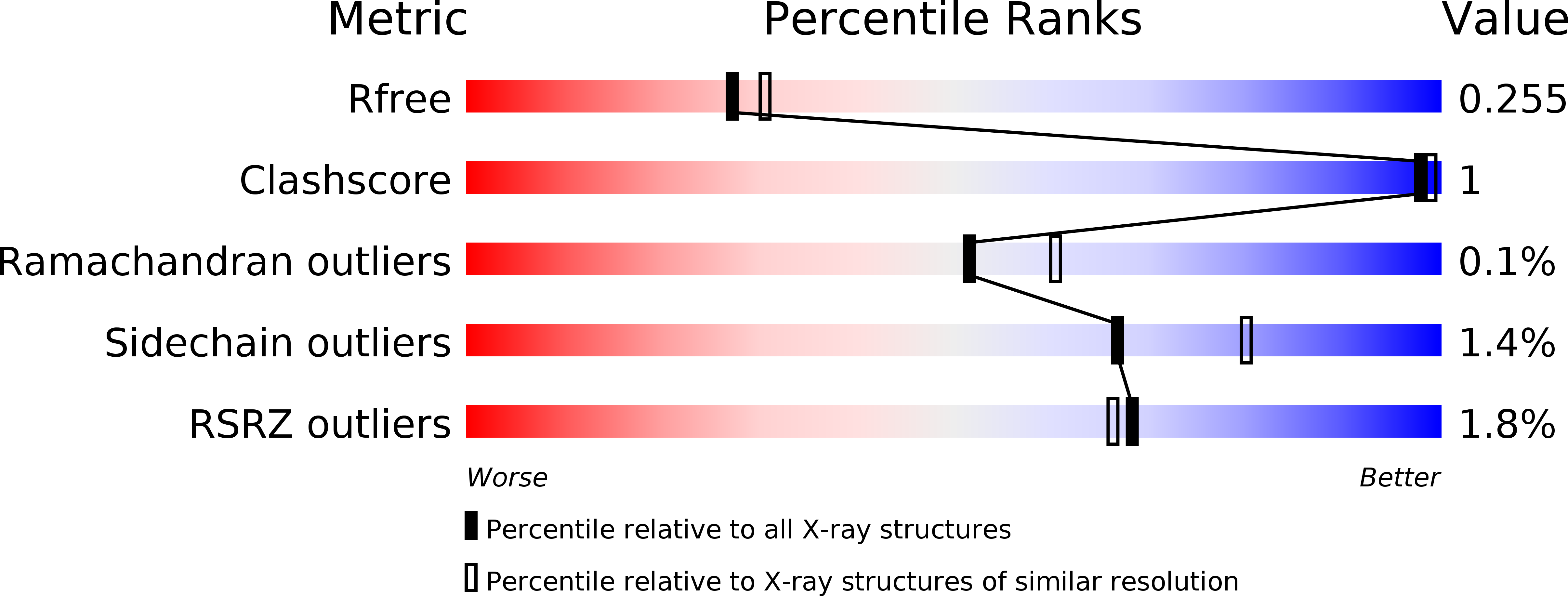
Deposition Date
2017-03-10
Release Date
2018-02-21
Last Version Date
2023-11-22
Entry Detail
PDB ID:
5XA3
Keywords:
Title:
Crystal Structure of P450BM3 with Benzyloxycarbonyl-L-prolyl-L-phenylalanine
Biological Source:
Source Organism:
Host Organism:
Method Details:
Experimental Method:
Resolution:
2.20 Å
R-Value Free:
0.25
R-Value Work:
0.22
R-Value Observed:
0.22
Space Group:
P 1 21 1


